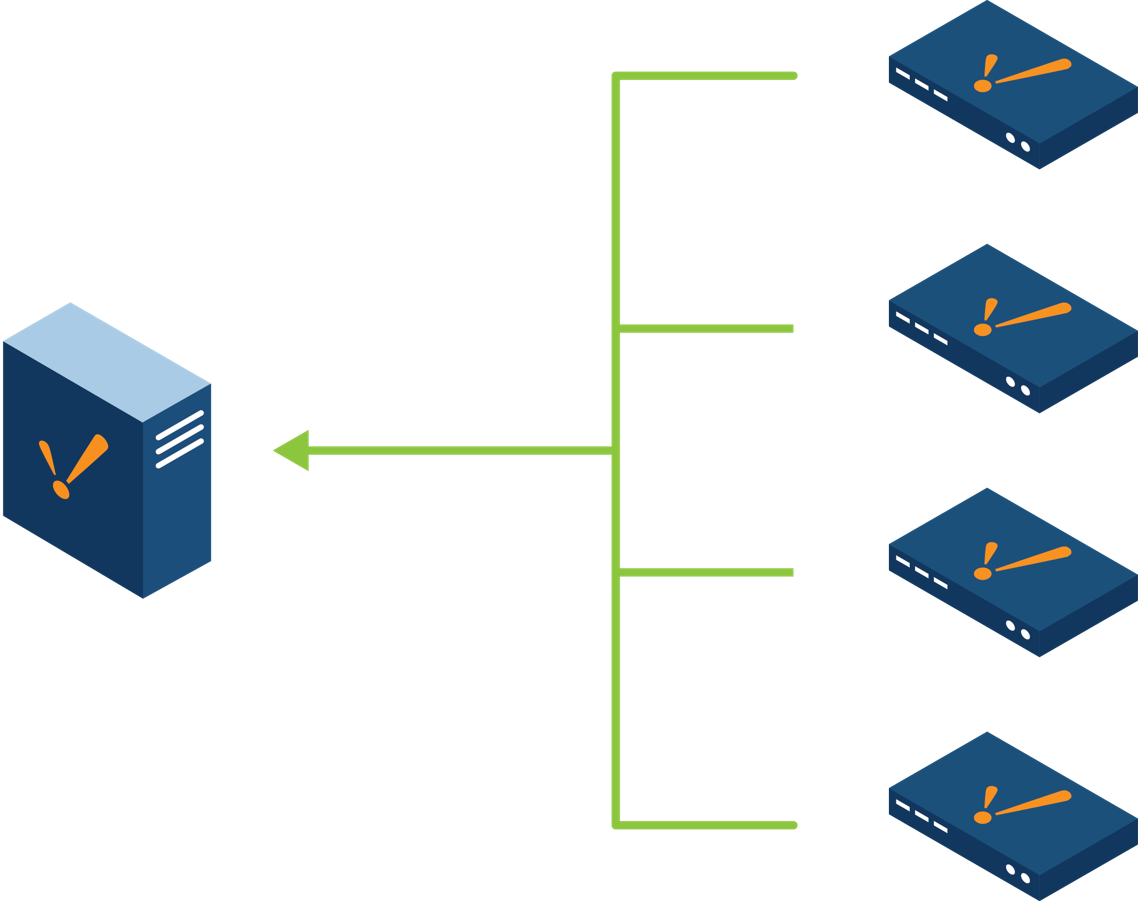Enterprise Architecture
Overview
Many types of architecture involve multiple Ignition servers. Eventually, some assistance overseeing each server can be helpful. Enterprise Architecture typically involves having a mechanism to monitor and manage multiple Ignition Gateways. This involves utilizing the Enterprise Administration Module (EAM).
EAM specifies one Gateway as the Controller, and the others as Agents. Connections between these Gateways take advantage of the Gateway Network, which is a secure method multiple Gateways can use to share information.

Why Use Enterprise Architecture
System Management
Monitoring the health of several systems can be time consuming. EAM streamlines system management by having each Agent Gateway report to a single Controller Gateway. This Controller can then generate alarms when problems occur, or assist in recovering from a hardware failure. Agent events can be stored in a SQL database, and easily incorporated into an Ignition Report. The best part is that the EAM can easily be incorporated into any architecture where multiple Gateways are present.
Project Synchronization
When multiple Gateways are used to launch clients, such as in the Hub and Spoke Architecture, standardizing the look and feel of projects across both Gateways is important for a consistent organization. With EAM, the Controller can synchronize resources across multiple Agents, allowing development to occur on one Gateway, and updates pushed out to other Agent automatically.
